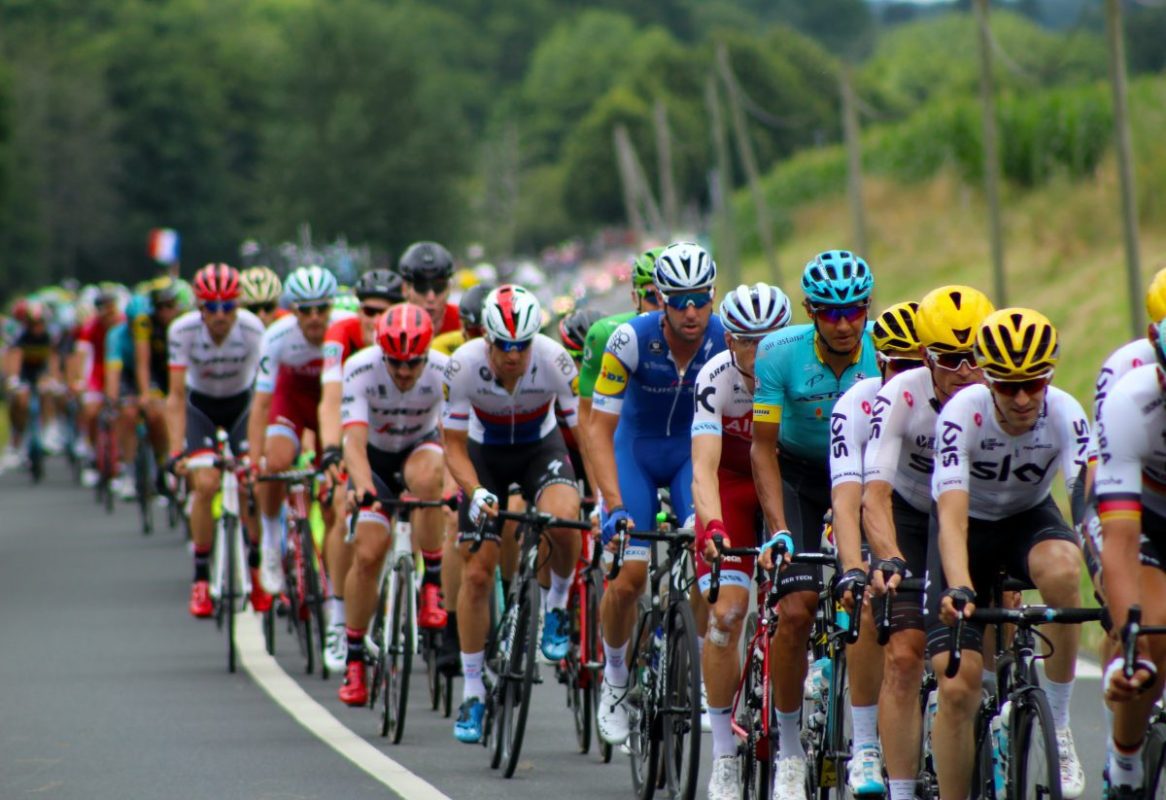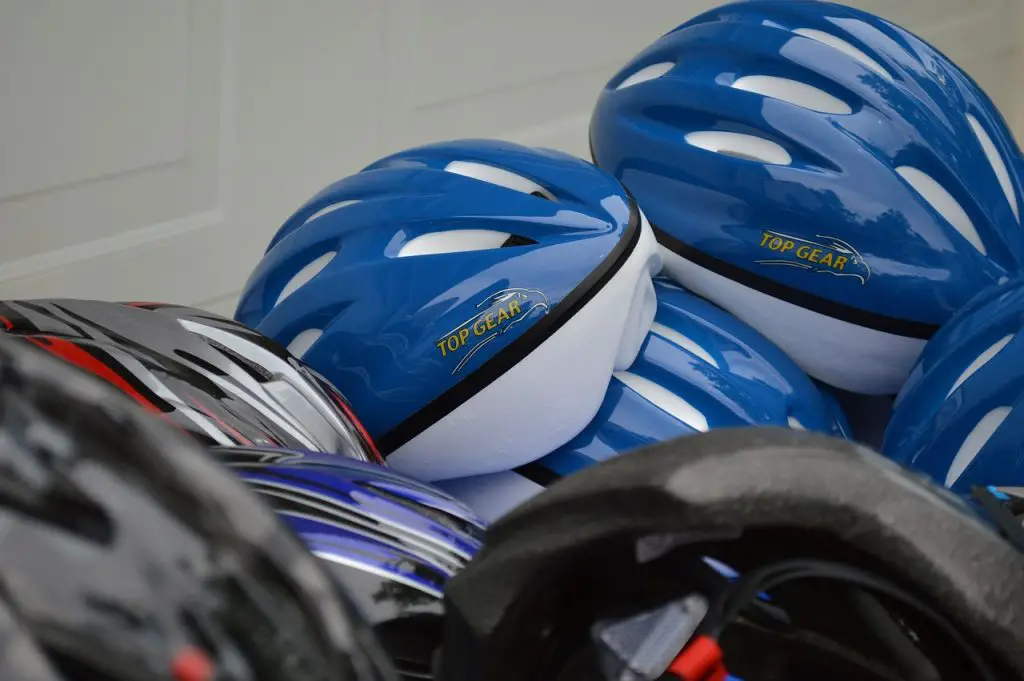Do you know what’s worse than a bad hair day? A bad helmet day. Trust me, I’ve been there. You may have asked yourself if you need a helmet while cycling. But picture this: you’re cruising along on your bike, wind in your hair, when suddenly…splat! Before you know it, you’re lying on the ground, dazed and confused, with a throbbing headache. Sounds familiar? If you’re nodding your head now, this blog post is for you.
In this beginner’s guide to cycling helmets, you’ll understand why helmets are important, how to choose the right helmet and learn other safety tips on cycling. You’ll be a helmet-wearing pro and realize that a bad helmet day isn’t so bad if it means you’re safe. So strap on your helmet, and let’s get started.
Do you need to wear a helmet while cycling? Yes, wearing a helmet while cycling is crucial for your safety. It can protect your head in an accident and reduce the risk of severe head injuries. Always choose a helmet that fits properly and meets safety standards for cycling.
Is wearing a helmet important?
Wearing a helmet is essential for any cyclist. Helmets are intended to protect your head in the case of a serious fall or crash. They can significantly reduce the risk of brain damage or death.

Today’s helmets are lightweight, well-ventilated, and have lots of padding to provide maximum comfort and safety. Choosing a helmet that fits properly and meets safety standards for cycling is important. The free CDC HEADS UP Concussion and Helmet Safety app can teach you how to recognize a probable concussion and guarantee correct helmet fit, safety, and care.
Remember, wearing a helmet is a simple and effective way to protect yourself while cycling. By understanding helmet safety and choosing the right helmet for your needs, you can enjoy every ride with peace of mind.
State Bicycle Co. Black Label 6061

State Bicycle Co. Black Label 6061
How do helmets work to protect your head?
Helmets work by absorbing the impact of a fall or crash, helping to prevent or reduce brain injuries. The helmet’s outer shell disperses the impact’s force while the inner lining absorbs it.
Different types of helmets are available for cycling, such as road cycling, mountain biking, and BMX. In addition, some helmets feature additional safety features, such as visors, chin guards, and MIPS technology, which can provide additional protection against rotational forces.
Proper fit and adjustment of your helmet are crucial to ensure maximum safety. Your helmet should sit flat on your head, with the front of the helmet low on your forehead to protect it. The straps on each side of your head should form a “Y” over your ears, with one part of the strap in front of your ear and the other behind it. The chin strap should be snug but not overly so.

Types of helmets and their features
There are various types of bike helmets available on the market with different features to cater to the needs of riders. When choosing a bike helmet, it is essential to consider the fit, the style of riding, and the intended use.
Road helmets
They are designed for speed, efficiency, and ventilation, making them ideal for road racing or high-intensity riding.
Mountain bike helmets
They are constructed to provide better protection for the back of the head and the face and feature a visor to deflect branches and debris.
Many countries have strict safety rules that manufacturers must follow to make sure the helmet meets the standards.
Commuter helmets
With built-in lights and reflective materials, they are made to give better coverage and be easier to see.
Aero helmets
They are made to reduce drag and increase speed, so triathletes and time trialists like to use them.
Full-face helmets
This type of helmet provides the most comprehensive protection and is best for aggressive mountain biking and downhill riding.
It is also important to consider the safety standards and quality of the helmet. Many countries have strict safety rules that manufacturers must follow to make sure the helmet meets the standards.
The price for bike helmets varies based on the features and quality of the helmet. Some helmets even have additional features such as LED lights, turn signals, and Bluetooth speakers for added safety and convenience.
Other cycling safety tips
Cycling is a fun and healthy way to get around, but it’s important to prioritize safety while riding. Here are some other cycling safety tips to keep in mind:
- Wear safety gear. A helmet is the most important safety equipment for cyclists, as it can save your life or protect you from serious injuries if you hit your head when you fall. Apart from this, you can also wear the appropriate shoes and gloves.
- Obey all traffic laws. This includes traffic lights and signs. Cyclists have the same privileges and duties as drivers, so signal your turns, ride in the same direction as traffic, and obey traffic laws.
- Stay visible and alert while riding. Wear bright or reflective clothing, use lights or reflectors on your bike, and stay focused on the road ahead. Avoid distractions like using your phone while riding, which can increase your risk of accidents.
- Keep your bike in good condition. Regularly check your brakes, tires, and other components to ensure they work properly. A well-maintained bike is safer and more reliable on the road.
- Be alert on the road. Keep an eye out for potential threats and be mindful of your surroundings. Look out for obstacles like potholes, gravel, or debris on the road, and give yourself enough space to react if a car or pedestrian suddenly appears in your path.
Following these cycling safety tips and being aware of your surroundings while riding can reduce your risk of accidents and let you enjoy the benefits of cycling safely.
If you want even more tips and insights, watch this video called “Should you wear a bike helmet?” from The Guardian YouTube channel.
Conclusion
What a ride, folks! We’ve covered a lot of ground (pun intended) in this post, from the importance of helmet safety to choosing the right helmet for your cycling needs. Now, the real question is, are you ready to ride like a pro (and look like one with your snazzy new helmet)? And did I cover everything you wanted to know? Let me know in the comments section below (I read and reply to every comment).
So, next time you’re gearing up for a ride, remember: safety first, style second (unless you’ve got a killer helmet like mine, then safety and style are one and the same). And if you found this article helpful, share it with a friend, and check out my full blog for more tips and tricks on all things cycling. Thanks for reading; keep pedaling, and stay safe out there!
Key takeaways
This article covered do you need a helmet while cycling. Here are some key takeaways:
- Wearing a helmet while cycling is crucial for your safety and can protect your head in the event of an accident.
- Different types of helmets are available for different cycling activities, and it’s important to choose a helmet that fits properly and meets safety standards.
- Proper fit and adjustment of your helmet are key to maximum safety, and common mistakes should be avoided.
- When choosing a helmet, consider the type of cycling you’ll be doing, the helmet’s safety certifications, and the fit and comfort of the helmet.
- Remember to prioritize safety over style, and always wear a helmet when cycling.















